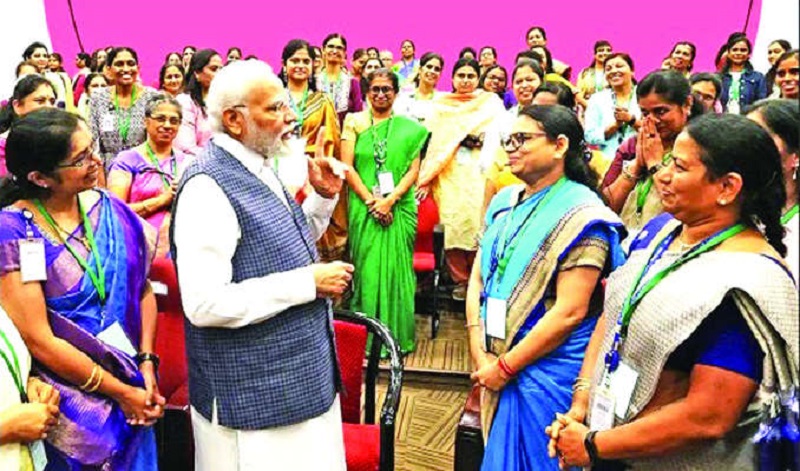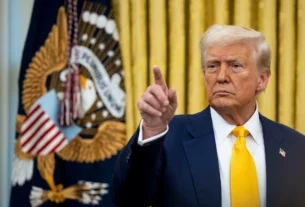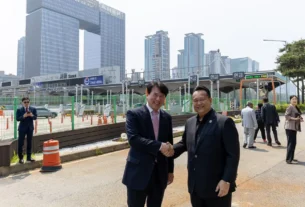New Delhi, June 8: As Prime Minister Narendra Modi steps into the first anniversary of his third term in office, he reflects with pride on a journey that, according to him, has redefined what women-led development truly means in India.
In a heartfelt post on X (formerly Twitter), the PM highlighted how over the past 11 years, women across sectors—from science and education to startups, sports, and even the armed forces—have not just participated, but excelled. They’ve become inspirations, change-makers, and symbols of a new, confident India.
He didn’t just speak in broad terms. Modi pointed to concrete steps taken: Ujjwala Yojana, which brought clean, smokeless kitchens into millions of homes; MUDRA loans, which gave wings to women’s entrepreneurial dreams; and PM Awas Yojana, which put house ownership in women’s names, giving them security and recognition.
“From dignity through Swachh Bharat to financial empowerment via Jan Dhan, our mission has been clear—empower every Indian woman,” Modi emphasized.
One of the Government-run platforms he shared listed striking achievements—like the drop in maternal mortality rate from 167 to 93 (per lakh live births), and an explosion in households with tap water connections: from just 3.23 crore in 2019 to 15.64 crore in 2025. These are not just numbers—they’re stories of healthier mothers, safer children, and homes that feel more complete.
Meanwhile, as Modi leads a coalition government following BJP’s surprising loss of majority in the 2024 Lok Sabha elections, the political landscape has been far from quiet. Congress leader Rahul Gandhi declared Modi “psychologically finished,” forecasting instability due to BJP’s reliance on allies like Chandrababu Naidu and Nitish Kumar—leaders known for past alliance shifts.
But one year in, that prediction hasn’t aged well.
Instead of wobbling, the NDA alliance has stood firm. Both Naidu and Kumar have rallied behind Modi, with public praise for his leadership. Modi, unfazed by the reduced numbers, has continued to push forward with bold reforms—from controversial bills like the Waqf (Amendment) Bill to the vision of One Nation, One Election.
The BJP also bounced back with unexpected wins in state polls—Haryana, Maharashtra, and even Delhi after a 26-year gap, toppling AAP’s Arvind Kejriwal on his home turf.
Political scientist Dr. Manoj Kumar from Delhi University puts it simply: “Despite challenges, there’s still no one on the opposition benches who can rival Modi’s public trust and leadership charisma.”
Kumar adds that BJP’s pivot—embracing caste census, local social dynamics, and robust welfare—allowed it to regain ground lost during national elections. “It’s a balancing act—acknowledging caste without becoming a caste-based party,” he explains.
As the opposition INDIA bloc struggles with unity, Modi’s NDA appears re-energized. The upcoming year will be crucial, with Assembly elections in challenging terrains like Tamil Nadu, West Bengal, and Kerala. But with momentum on their side and a decade of transformational policy, the BJP is hoping for yet another wave.
Whether you support or oppose him, one thing is undeniable—Narendra Modi remains one of the most enduring and impactful figures in Indian politics today.





